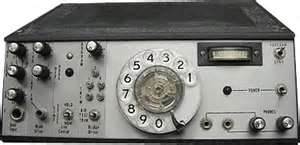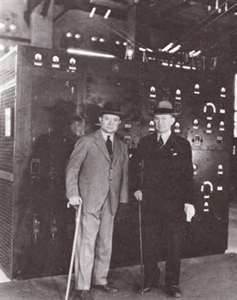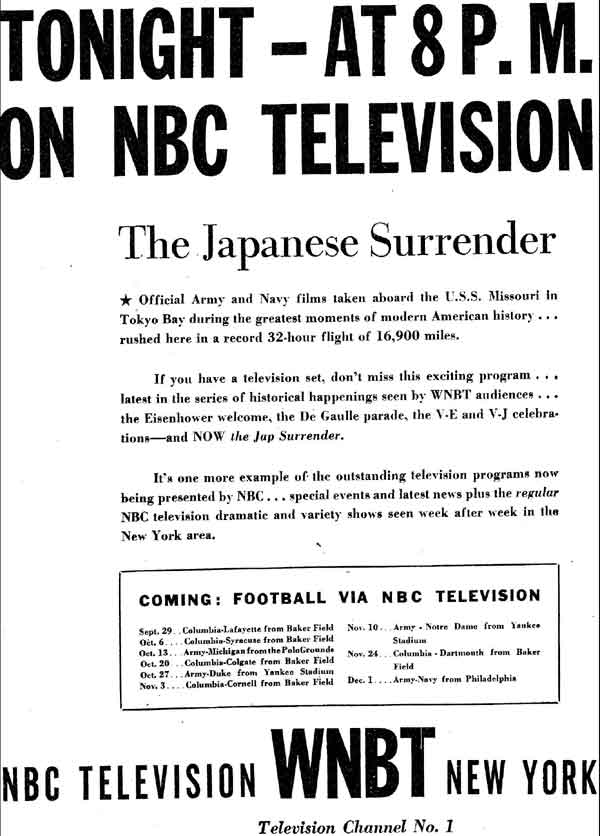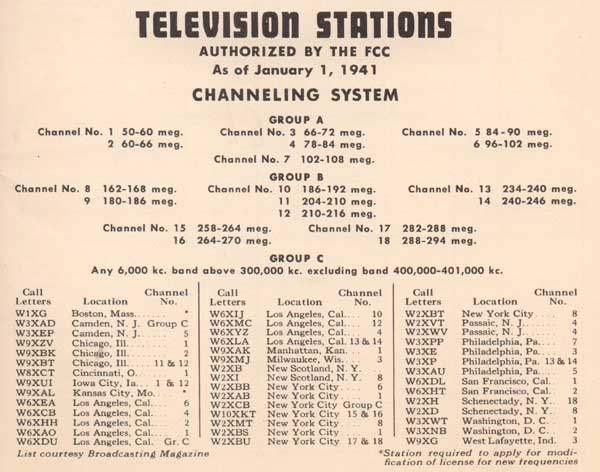
Copy this code to your website to display this banner!






|
||||||||
Powered by Voice123 - Voice Talent

Copy this code to your website to display this banner!
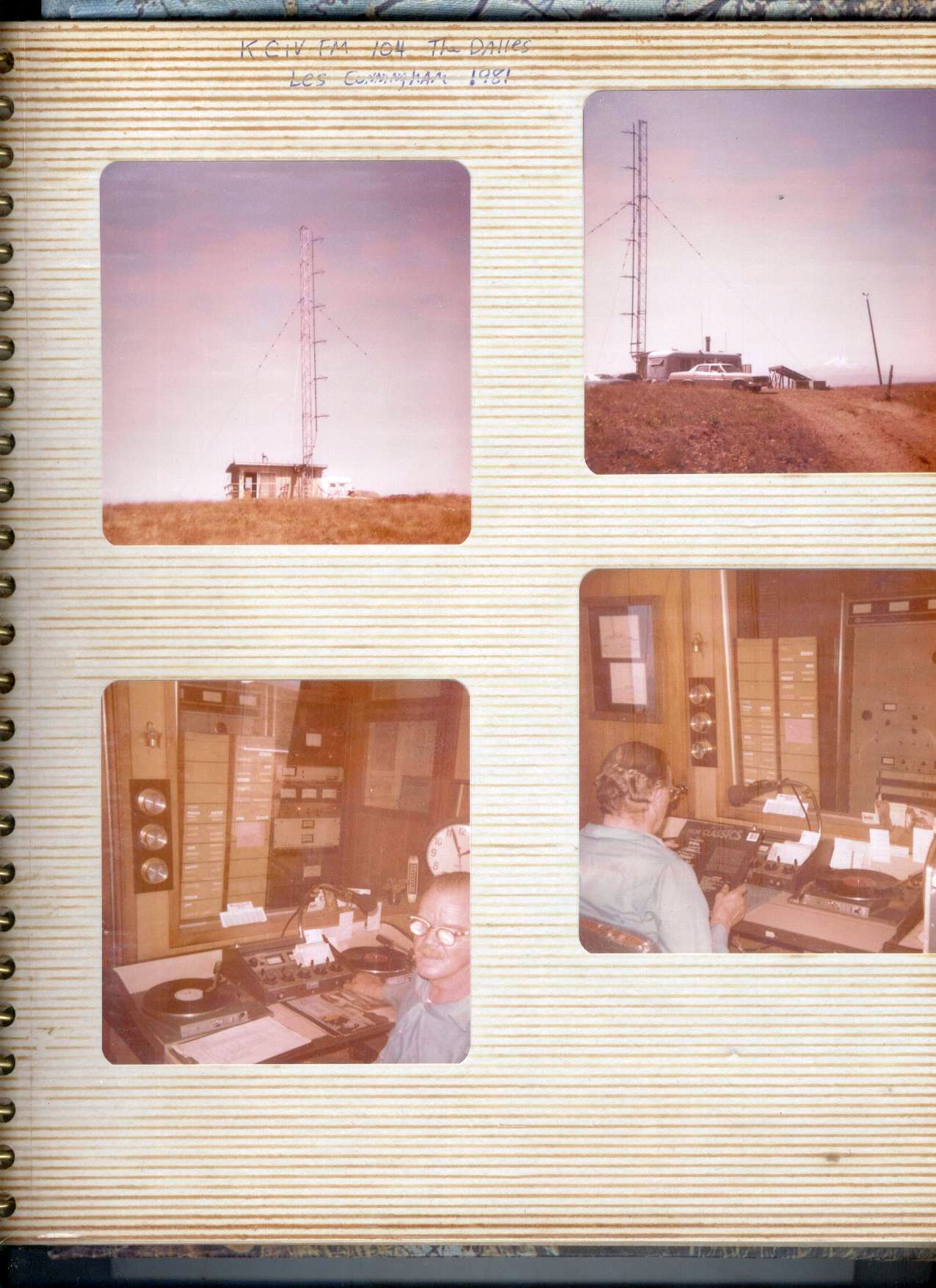








Copy this code to your website to display this banner!


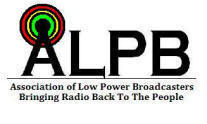



Make Custom Gifts at CafePress
Buy t-shirts, mugs & gifts from my shop.

Promote Your Page Too







Copy this code to your website to display this banner!






